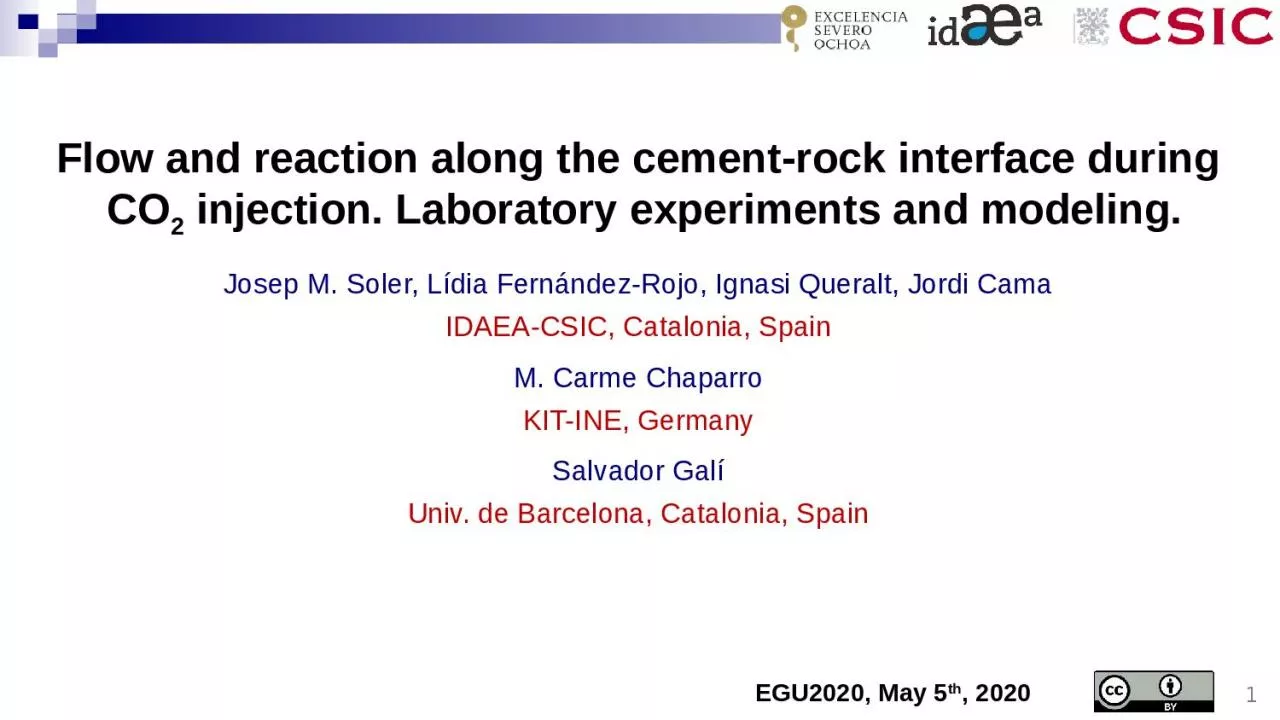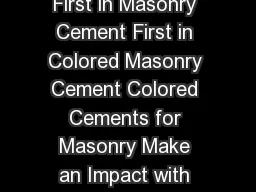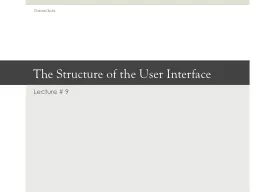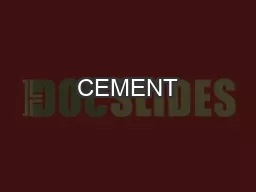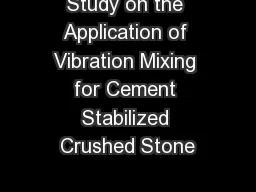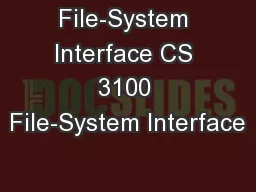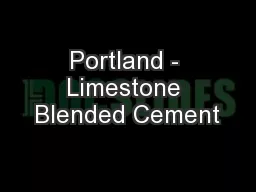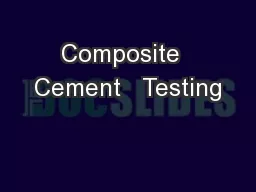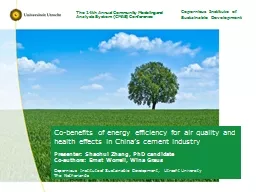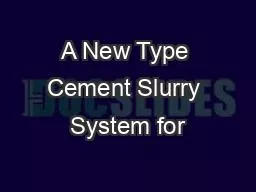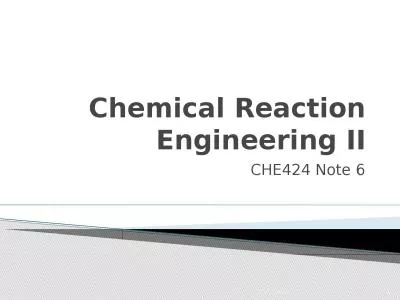PPT-Flow and reaction along the cement-rock interface during
Author : erica | Published Date : 2023-09-26
CO 2 injection Laboratory experiments and modeling Josep M Soler Lídia FernándezRojo Ignasi Queralt Jordi Cama IDAEACSIC Catalonia Spain M Carme Chaparro
Presentation Embed Code
Download Presentation
Download Presentation The PPT/PDF document "Flow and reaction along the cement-rock ..." is the property of its rightful owner. Permission is granted to download and print the materials on this website for personal, non-commercial use only, and to display it on your personal computer provided you do not modify the materials and that you retain all copyright notices contained in the materials. By downloading content from our website, you accept the terms of this agreement.
Flow and reaction along the cement-rock interface during: Transcript
Download Rules Of Document
"Flow and reaction along the cement-rock interface during"The content belongs to its owner. You may download and print it for personal use, without modification, and keep all copyright notices. By downloading, you agree to these terms.
Related Documents

